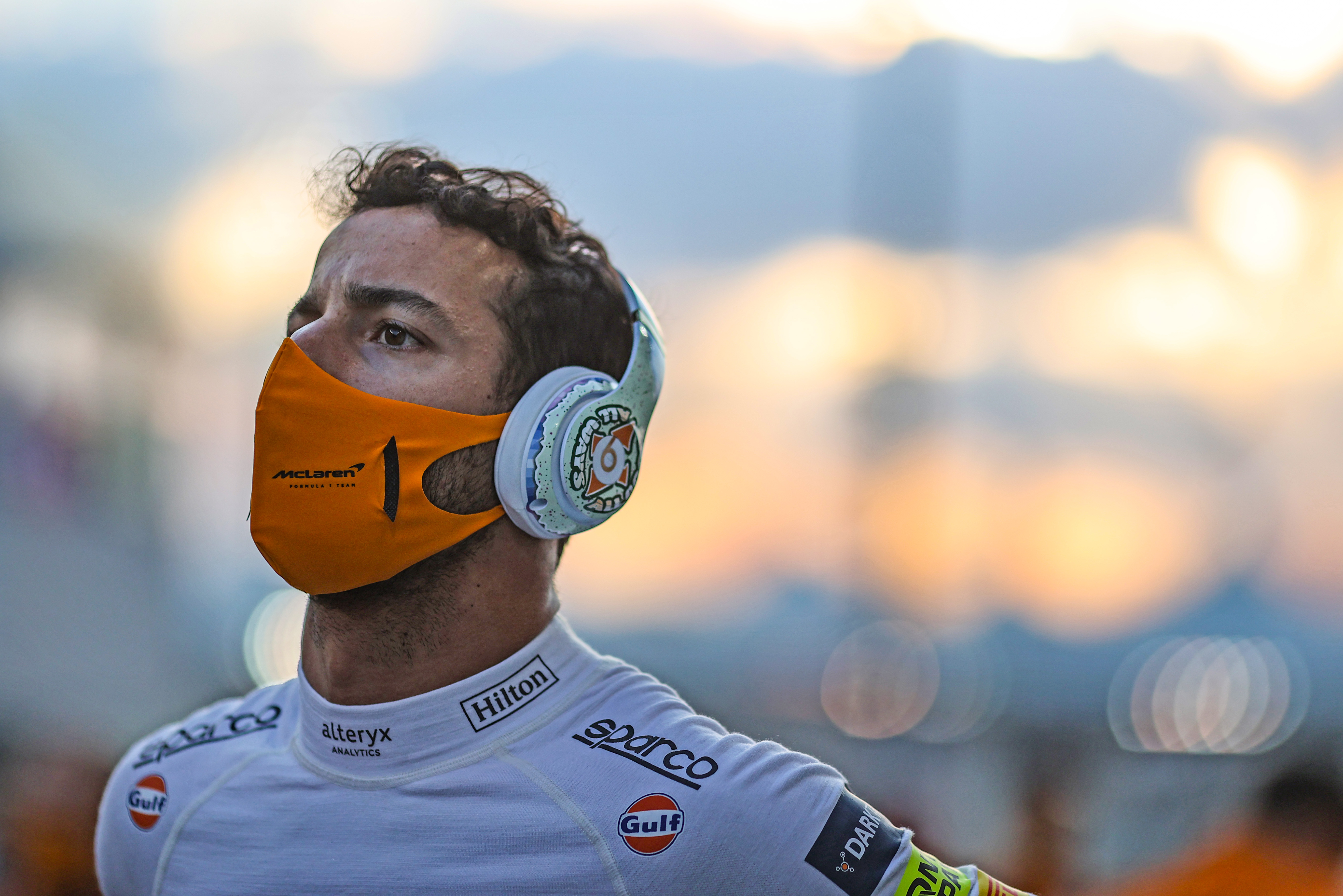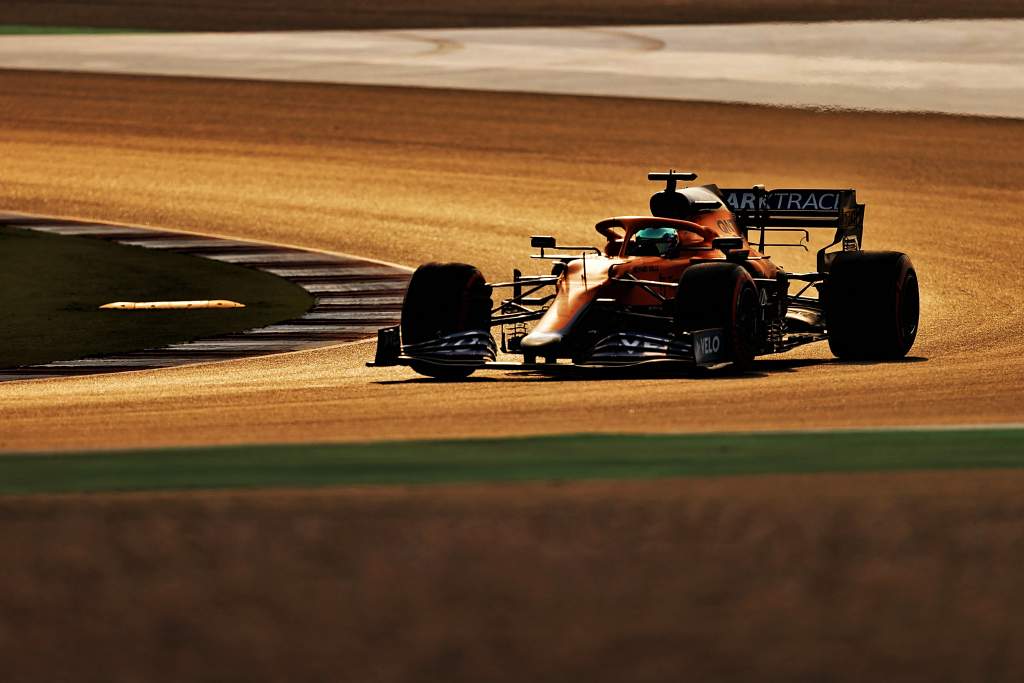Up Next

McLaren believes that Daniel Ricciardo’s struggles with its 2021 machine should have a positive impact on its new Formula 1 car given it highlighted characteristics that might not have been explored in the same depth otherwise.
Ricciardo’s first year with McLaren in 2021 was a difficult one despite breaking the team’s eight-and-a-half year win drought with victory at Monza. But he was generally outperformed by team-mate Lando Norris and spent much of the season – the first half in particular – trying to adapt to the car.
But this process also had benefits for McLaren, which has evolved a deeper understanding of what Ricciardo once described as the “peculiar” characteristics of the car.
“It was a learning process for us because we got a new driver, a very talented driver, an established driver and he struggled in some phases of driving the car quickly, which could have not at all [been noticed] because some of the drivers might have liked it,” said McLaren executive racing director Andrea Stella late last year.
“For example, for Lando, this is the [type of] Formula 1 he drove, the only car he drove. So he doesn’t have many references from other cars.
“Some features are simply the way the car behaves in Formula 1. But having a new driver join, a driver that has very clear references, helped us understand that some of these features, actually, we needed to improve.”
Ricciardo came to McLaren with recent experience from Renault, as well as during Red Bull before that.
But while the McLaren was a competitive car, one strong enough to fight for third in the championship with Ferrari – a battle it lost – Ricciardo struggled to adapt to it and even during his stronger second half of the season endured some difficult weekends.
The McLaren had a high level of downforce, and was aerodynamically efficient, but the weaknesses of the car were areas where Ricciardo has traditionally excelled in terms of his ability to carry speed into the corners on the brakes.
Instead, Ricciardo often found himself either creating rear instability or under-rotating the car, which had a laptime-sapping effect in particular in turns with a particularly significant combined braking/turn-in phase.
“Some of these features [that need to be improved] have to do with how sharp the car is when it responds to a small steering input,” said Stella.
“With the wide tyres, the first time we put them on in 2017, it was very clear that it was super responsive to small steering input. And this can be a good feature, if you have a 90-degree quick corner, it is a good feature. But most of the time that makes the car more difficult to drive.
“So once we understood, then it’s what to do then with the consistency of aerodynamics through the corners. And we understand that from this point of view, there’s work to do on our side.

“Some of the learning, you can punch in for this year, and indeed we made some applications to the car.
“So Daniel is moving to the car but there’s been a bit of the car moving to Daniel in 2021.
“Some of the learning will essentially, as much as possible, be transferred into next year’s car.”
While the 2022 cars are completely different to their predecessors, the underlying science, principles and ideas that McLaren’s design and development work is based on will be the same as was used for its previous generation of cars.
But the positive of Ricciardo’s struggles is it has resulted in more exploration and analysis of what are clear weaknesses. Whether this will mean the 2022 car is better than it would have been can probably never be known with certainty given the extent of the rule changes.
However, no knowledge is wasted in F1 and McLaren is certainly better off having been through this process than it could have been had Ricciardo not proved such a challenging test case.





